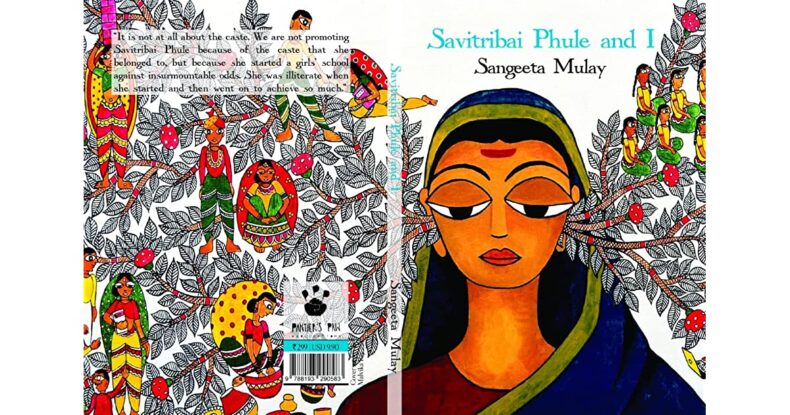In the light of the Chief Minister of Tamil Nadu, MK Stalin inaugurating the breakfast scheme for students of classes I to IV serves as a delightful reminder of how the southern states of India have fared among the highest in the literacy ranking for decades now. The attention and capital spent on education reform by such states depict that they have cracked the growth formula just right.

Education being a state subject, it’s hard not to compare the existing models and the steps taken in policy-making by various state governments in its reform. Kerala, Lakshadweep, Mizoram and Goa have the highest literacy rates, out of which three of those fall under the southern territory. Such numbers represent years of effort and a long legacy of social reforms that notable personalities took to bring about change and revolution.
Let me enlighten you with the events/people/policies/reforms that were a part of the making of the educated south. It is wrong of me to club all southern states into an umbrella term such as the educated south. Still, I dare for the simple reason that a pre-independence account of social reforms and education falls under what was then known as the Madras Presidency and is an integral part of the narrative.
Literacy in pre-consolidated India
In an India that wasn’t territorially bound and still divisive in kingdoms, before when imperialism was known just as a trade route, there was unity in education. There was the deliverance of indigenous knowledge in a socio-cultural context, ironically only limited to the feudal upper caste.
In colonial India, the western thought of teaching and training was materialised, which aimed at an individual, a scientific and universal directive of education above the social and cultural. This rejection of the indigenous model created a gap between school-based knowledge and the actuality of the school children.
Amidst the rise of colonially structured education, rose mindsets that reformed education aligning with their ideologies; Raja Ram Mohan Roy, a pioneer of the modern Indian renaissance, co-founder of the Brahmo Sabha and popularly known for his efforts in abolishing the Sati practise. He believed education to be an essential tool for social change and advocated for integrating western and Indian education.
Raja Ram Mohan Roy set a precedent for activists like Jyotiba Phule and Savitribai Phule (spouses) to seek to consolidate the critical rationality of modern science in organising education for Dalits and women after realizing that the policies of the colonial state favoured the Brahminical control of knowledge. Savitribai along with her husband founded the first women’s school in India at Bhide Wada in Pune in 1848. She was also among India’s first women teachers.

Erode Venkatappa Ramasamy, commonly known as Periyar, was an Indian social activist, and politician who started the Self-Respect Movement and is known as the ‘Father of the Dravidian Movement. He has done exemplary work against Brahminical dominance, caste prevalence, and female oppression in Tamilnadu.
Education in independent India
As India sat on the rollercoaster of Liberalising, Privatising, and globalising its economy, English became a significant part of education reforms, as universal education took to the stage, providing elementary education for all children in order to achieve the constitutional necessity of social justice.
The backdrop of the breakfast scheme lay in a 102-year-old history when Chennai Corporation Council approved a proposal for providing tiffin to the students of a Corporation School at the cost of 1 Anna/student/day; which was later revived through the mid-day meal scheme followed by the implementation of Nutritious Meal Plan in 2020-21.

One of the pillars that a society’s advancement stands on is the education of its population in its primitive years. The Budget FY23 has allocated Rs 1,04,278 crore for the education sector—an increase of 11.86% compared to the revised 2021-22 gross allocation of Rs 93,223 crore. Here’s hoping that the new National Education Policy can mine the untapped industry of education with a focus on digital education
A child can play video games for 10-12 hours straight and improve hand-eye coordination, and good reflexes; imagine if learning was that simulating. The system of recitation and listening, dictating and noting hasn’t changed much in contextualizing a teacher-student dynamic. After rent, education is the one sector where people spend the most money. This untapped industry holds a lot of scope for innovation in technique, exploring digitised scape, means of education and a long history of reforms and mistakes to learn from.
Read more: Indian Education Ministry to Prioritize













